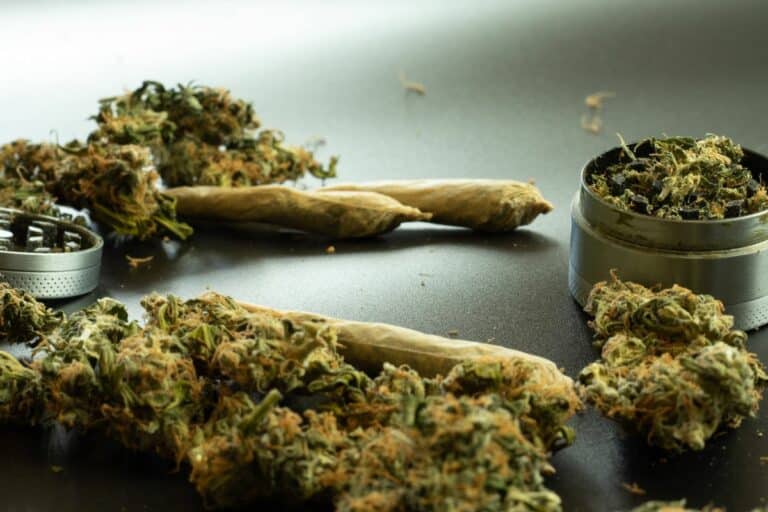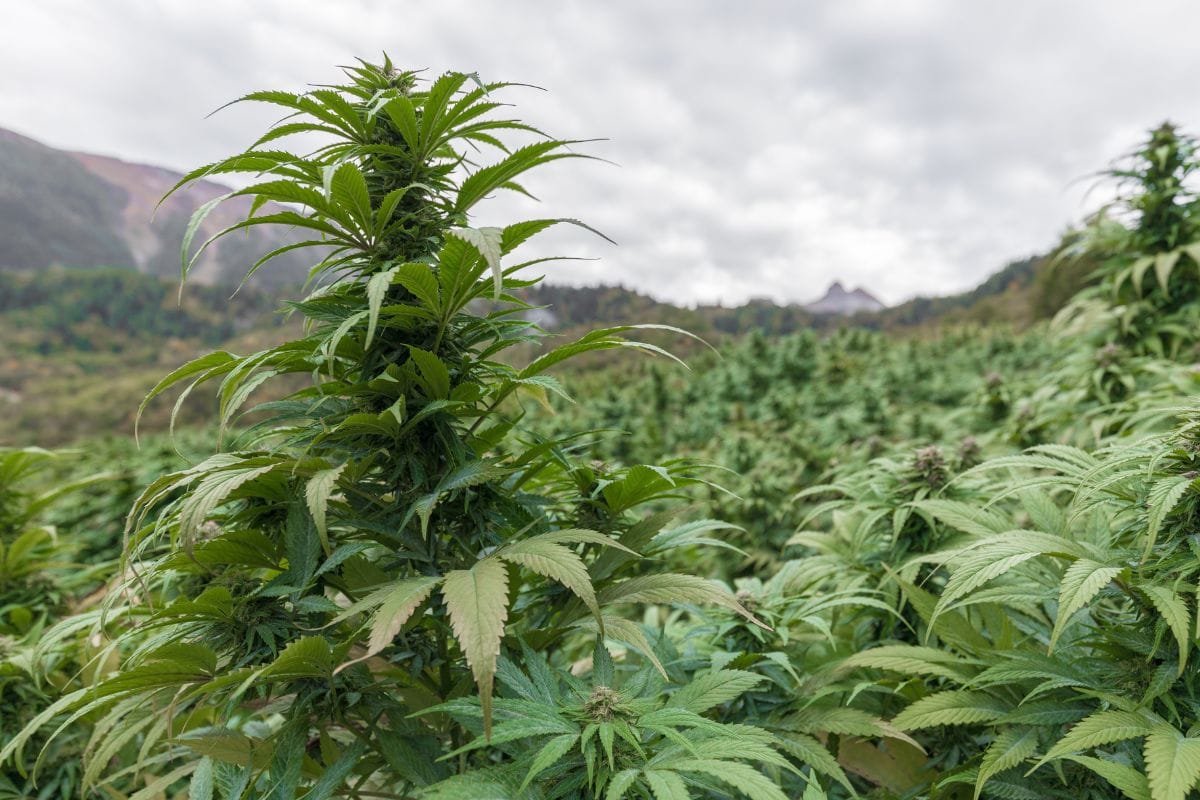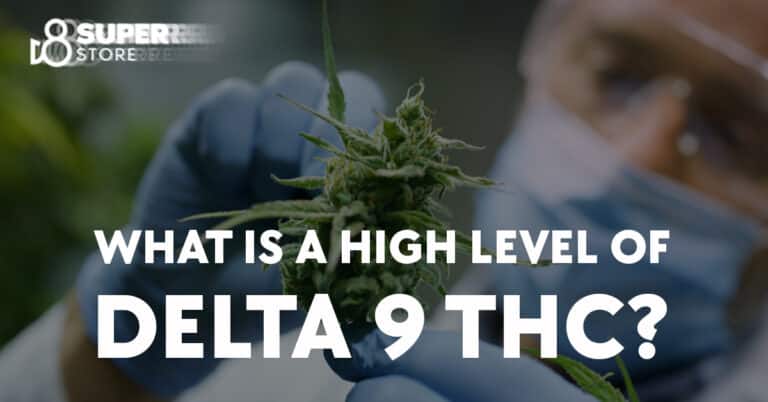What is THC POV: Unraveling the Perspective on Tetrahydrocannabinol
Understanding THC, or tetrahydrocannabinol, is crucial when delving into the world of cannabis and its effects. As the principal psychoactive cannabinoid found in cannabis, THC is responsible for the ‘high’ that you might associate with marijuana use. It works by binding to cannabinoid receptors in the brain, which leads to the alteration of typical brain communication and can induce euphoria, relaxation, altered senses, and time perception, among other effects.
The degree and nature of the effects you experience from THC can vary widely depending on individual factors such as body chemistry, the potency of the THC, and the method of consumption. Over recent years, there has been heightened interest in understanding the therapeutic uses of cannabinoids, with studies examining how THC can be employed effectively in medical treatments. The progressive popularization of stronger strains of cannabis also suggests a need for comprehending the implications of THC potency from a psychoactive standpoint.
While the recreational aspects of THC are often highlighted, it’s important to acknowledge the ongoing research into its medical applications. As a compound, THC has shown potential in a variety of therapeutic contexts, which has led to the development and introduction of medicinal products, such as THC: CBD oromucosal sprays, designed to alleviate symptoms for certain medical conditions, reflecting the complexity and the potential that THC holds beyond its psychoactive properties.
Understanding Cannabinoids
When you hear discussions about cannabis, the term “cannabinoids” frequently surfaces, with particular attention given to THC, the primary psychoactive component. Understanding the nuances of these compounds and their variations is key to comprehending their effects and potential benefits.
THC and Its Variants
Tetrahydrocannabinol, commonly known as THC, is the cannabinoid responsible for the psychoactive effects you might associate with marijuana use. However, THC is not a singular substance but comes in several forms, including Delta-9-THC, the most abundant form in cannabis plants, and its less psychoactive cousin, Delta-8-THC. Recent interest has also risen in THCV, a compound similar to THC but with distinct properties, potentially offering a range of effects from mild psychoactivity to the suppression of appetite.
Cannabinoid Profiles of Cannabis
The chemical signature of a cannabis plant, known as its cannabinoid profile, defines its effects and therapeutic potential. CBD, or cannabidiol, is a notable non-psychoactive cannabinoid widely recognized for its potential in relieving pain and anxiety. Other cannabinoids include CBC, CBG, and CBN, each with unique properties. Beyond cannabinoids, cannabis also contains terpenes, aromatic compounds that influence the plant’s scent and may also modify its effects. The synergy between cannabinoids and terpenes is often referred to as the “entourage effect,” positing that these compounds work better together than in isolation.
THC Derivatives and Analogs
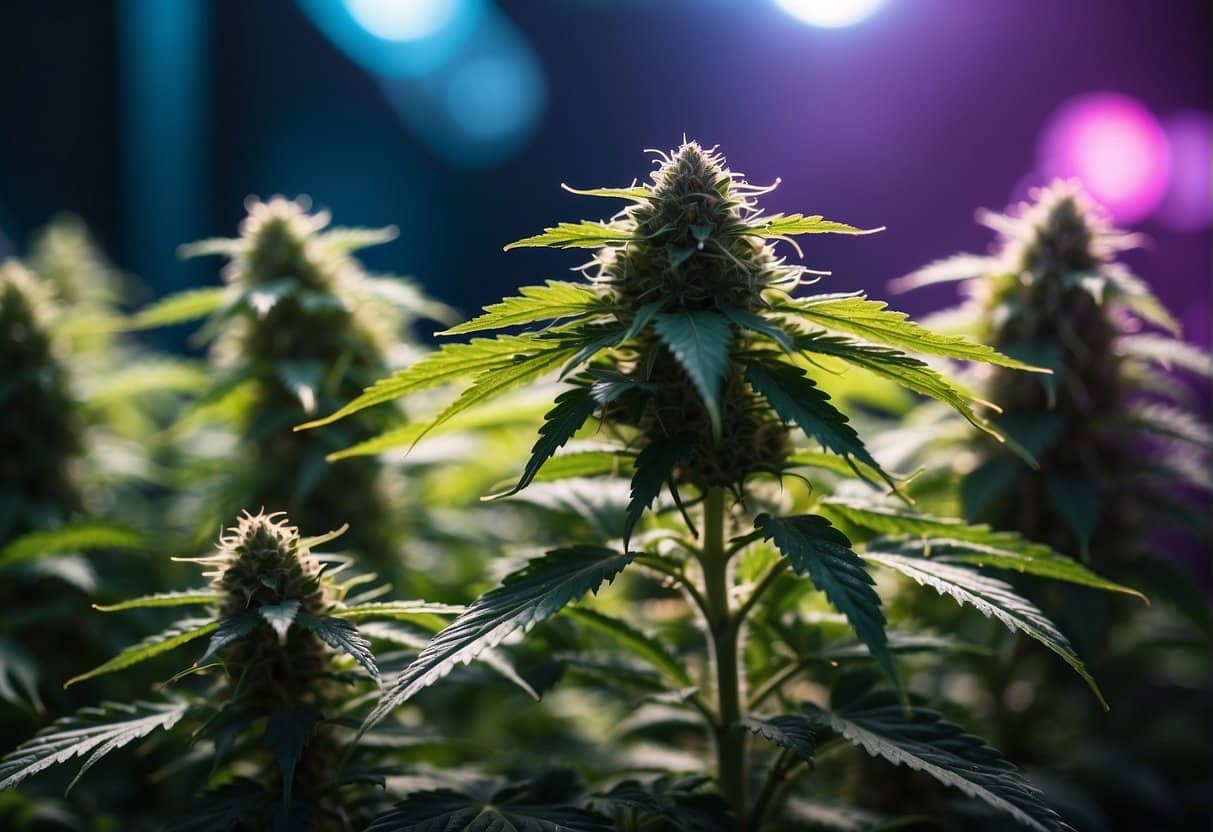
Exploring THC derivatives and analogs, you’ll encounter a variety of compounds derived from tetrahydrocannabinol (THC), each with unique structures and potential effects. These derivatives are often designed to enhance certain properties of THC, such as potency, stability, or therapeutic effect.
THC-P and Its Uniqueness
Tetrahydrocannabiphorol (THC-P) is a cannabinoid similar to THC but distinguished by its alkyl side chain, which is longer than that of delta-9 THC. This distinct feature potentially makes THC-P bind more effectively to your body’s cannabinoid receptors, resulting in a more potent effect. Interestingly, while THC-P is naturally occurring, it’s present in cannabis plants in extremely low concentrations.
THC-O and Other Analogs
Moving on to THC-O acetate, which is a synthetic analog of THC, this compound is known for its powerful psychoactive effects, which are typically stronger than those of delta-9 THC. As with other analogs such as delta-8 and delta-10 THC, THC-O’s legal status is complex, often existing in a grey area despite its growing popularity. These analogs are synthesized in a lab and modified at the molecular level to create variations like:
- Delta-8: Less psychoactive; touted for a clearer high.
- Delta-10: Known for its mild effects.
- THC-B: Another derivative warranting research.
Potential Therapeutic Benefits
The anti-inflammatory effects of cannabinoids are well-documented, with a range of potential therapeutic benefits attributed to THC derivatives. For instance, some studies have suggested that derivatives like delta-8 THC may offer a blend of a less intense psychoactive experience while retaining medicinal properties. Although robust clinical trials are necessary to fully understand their potential, these compounds are promising for therapeutic use, especially in managing pain and inflammation.
Psychoactive Effects

When you consume THC, the main psychoactive compound in cannabis, it can induce a variety of effects on the mind and body. Your experience can range from heightened sensory perception to altered states of consciousness.
Experiencing a High
The sensation commonly referred to as a “high” is a complex interplay between THC and your brain. When you ingest THC, it binds to cannabinoid receptors, particularly in areas that regulate feelings of pleasure, memory, thinking, concentration, movement, coordination, and sensory and time perception. This interaction stimulates the release of dopamine, which floods your system, often leading to a sense of euphoria. The increase in dopamine can enhance your mood and create a pleasure response, but it can also lead to changes in your appetite and can be effective in reducing nausea.
Psychotropic Variations in THC
Not all THC experiences are equal. The psychotropic effects of THC can vary widely depending on a multitude of factors, including the strain of cannabis, its potency, your individual biology, and how much you consume. Some strains may cause more euphoric or pleasure-oriented responses, while others might be better suited for pain relief. It’s crucial to understand that the psychoactive effects associated with a THC high can lead to different experiences. For instance, while it might alleviate pain for some, it could also exacerbate feelings of anxiety or paranoia for others.
Legality and Compliance
Understanding the legality and compliance regarding THC is crucial for both users and producers. Your awareness of the legal landscape and the implications of the 2018 Farm Bill can have significant impacts on the use and distribution of THC products.
Legal Landscape
The legal status of THC varies greatly depending on where you are and which compound you’re dealing with. In the United States, hemp-derived compounds with less than 0.3% THC are federally legal under the 2018 Farm Bill. However, marijuana and its derivatives with higher levels of THC remain illegal under federal law. It is essential for you to research your state’s regulations, as state laws can differ from federal regulations, and some states have more relaxed or stricter laws concerning THC.
- Federally Legal: Hemp-derived substances <0.3% THC
- Federally Illegal: Marijuana-derived substances >0.3% THC
2018 Farm Bill Implications
The 2018 Farm Bill marked a turning point for the hemp industry by distinguishing hemp from marijuana based on THC content and legalizing hemp-derived products. As a result, products like CBD oil extracted from hemp with THC levels under 0.3% are federally permissible. Your engagement in research, production, or commerce of hemp-derived products should be aligned with this legislation to ensure legality and compliance. Remember, this bill does not legalize THC-rich products beyond the specified threshold, making it vital to understand and comply with federal law.
- Permitted: Production, research, and sale of hemp-derived products below THC threshold
- Required: Comprehensive compliance with state and federal law
Medical and Recreational Use
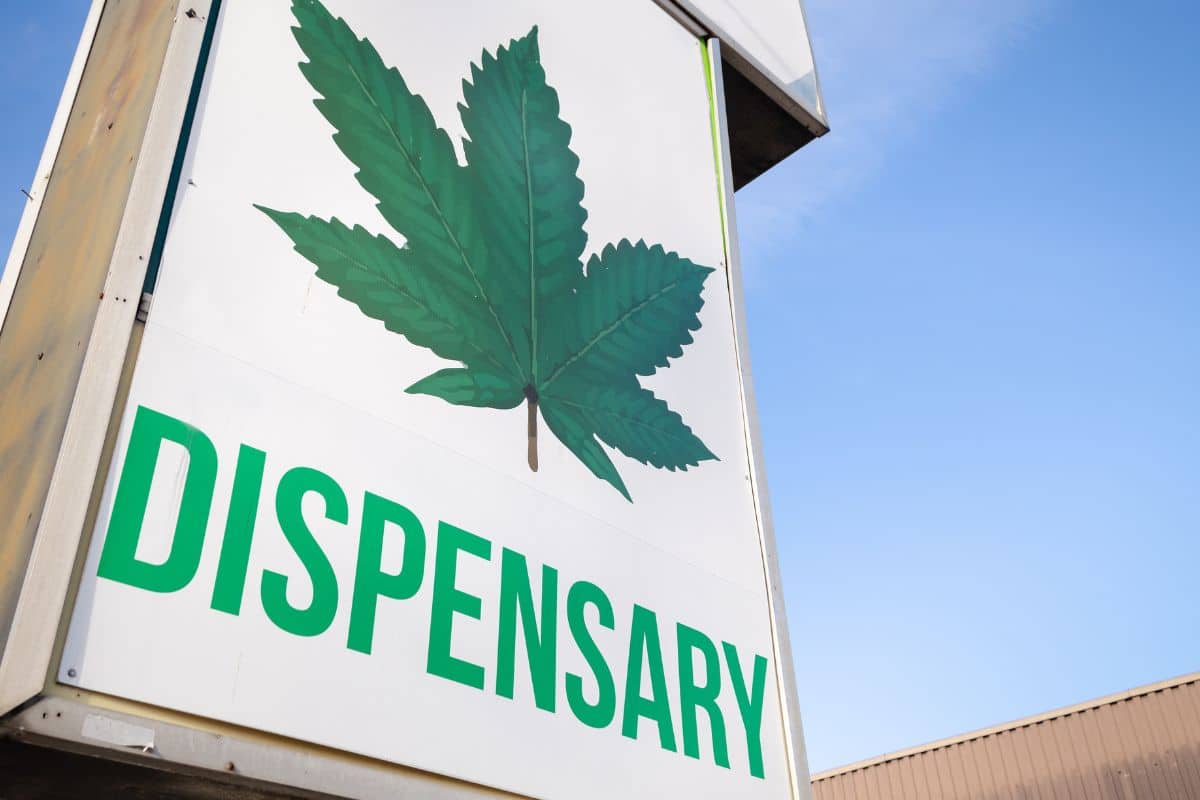
In the complex world of cannabis, THC—the principal psychoactive constituent—is at the forefront of both medical and recreational use. Your understanding of THC’s role in alleviating certain medical conditions such as pain and anxiety and its recreational appeal in products like weed light is crucial.
Cannabis for Well-being
When you consider cannabis for medical use, you’re tapping into THC’s potential to manage symptoms and enhance well-being. Research suggests that THC can have antianxiety effects and may help in reducing certain types of pain. While the medical context frames THC as a therapeutic agent, always remember its use requires guidance from healthcare professionals, particularly since it can interact with various medical conditions.
Consumer Products and Applications
As for recreational use, weed light—a term often used for products with lower doses of THC—allows you to enjoy the benefits of THC without overwhelming effects. THC-pov, short for “point of view,” is a term recognizing that your experience with THC is unique and individualized, especially in recreational contexts. The variety of cannabis products on the market, from edibles to topicals, provide you with numerous options to suit your personal preference and intended recreational experience. It’s important to be knowledgeable about THC content, labeled as THC-p, and its implications in both recreational and wellness-related cannabis use.
Safety and Dosage
When considering THC products, your safety is paramount and hinges on understanding proper dosage and ensuring product quality. Responsible consumption and lab testing are critical components of a safe experience.
Responsible Consumption
To mitigate risks, start with low doses of THC and adjust gradually. Recognize that individual tolerance varies, and familiarize yourself with state-specific regulations to ensure compliance with legal consumption guidelines.
Lab Testing and Product Quality
Select products that are lab-tested by reputable vendors. This transparency gives you confidence in the safety profile of your product. Confirm that your THC products have verifiable certifications indicating they are free from contaminants and accurately labeled for THC content.
Remember, reliable vendors and lab-tested products are your best assurance for safety when exploring the benefits of THC.
Market and User Considerations
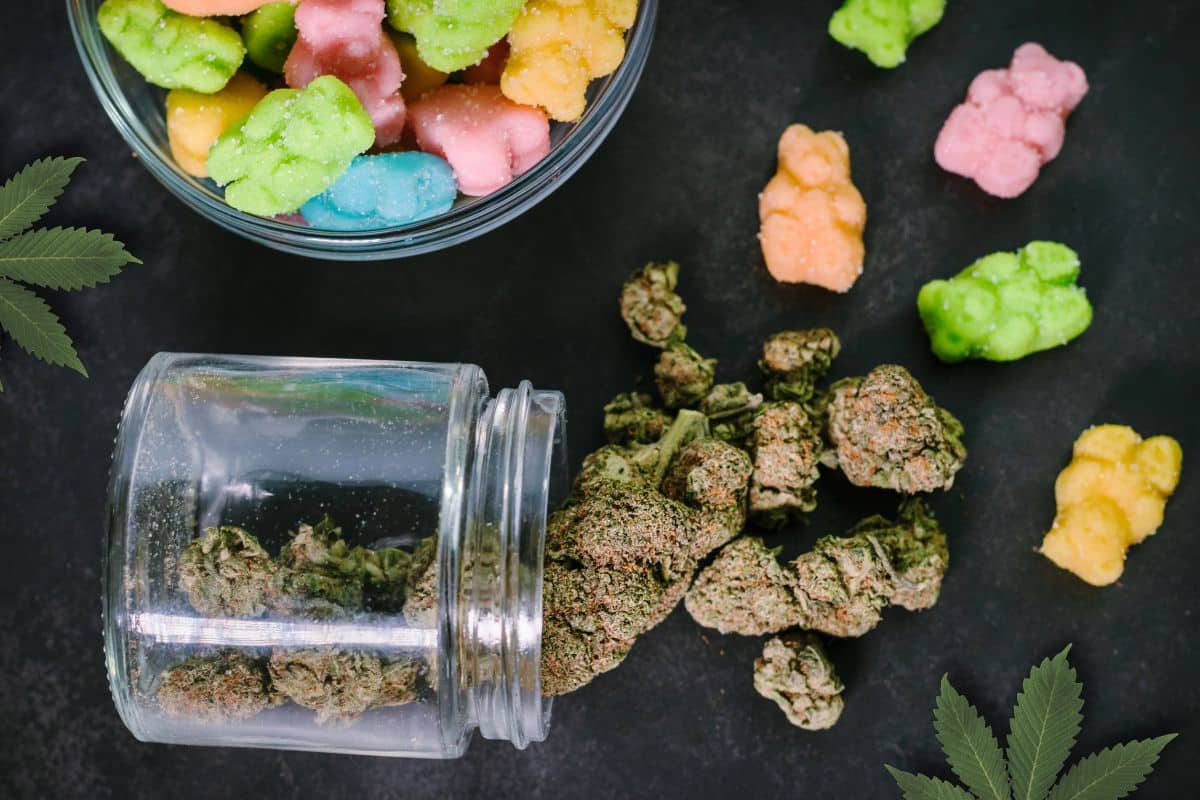
When navigating the cannabis market, you must consider the variety of products available and how they are consumed. Each product and method delivers THC differently, affecting onset and duration of effects.
Choosing a Cannabis Product
The cannabis market offers a wide range of products, each with its specific THC content and user experience. Gummies and other edibles provide a discreet way of consumption with effects that take longer to kick in but last longer. Tinctures, often administered under the tongue, can offer a more controlled dosage and a quicker onset than edibles. For those looking for fast-acting effects, vaping or using vapes is a popular choice; it allows for the inhalation of vaporized cannabis oil, which enters the bloodstream quickly.
| Product Type | Onset Time | Duration | Notes |
| Edibles | 30-90 min | 4-8 hrs | Discreet, dose-controlled |
| Tinctures | 15-30 min | 2-6 hrs | Sublingual application |
| Vaping | <10 min | 2-4 hrs | Quick onset, portable |
Emerging cannabinoids like delta 10 and HHC (hexahydrocannabinol) are also gaining popularity in certain cannabis products and might offer different experiences compared to traditional THC.
Understanding Consumption Methods
Your consumption method of choice can significantly impact your experience. If you prefer not to inhale, then edibles, tinctures, or concentrates that can be ingested or used sublingually might be more suitable. However, if you are looking for immediate effects, vaping might be the best option as it allows cannabinoids to enter your bloodstream quickly through your lungs.
- Vaping: Quick onset, requires vape pen or vaporizer
- Edibles: Slower onset, effects last longer
- Tinctures: Variable onset, can be used discreetly
- Concentrates: Potent and versatile; can be vaped or dabbed
Remember, when trying cannabis products for the first time, start with a low dose to gauge your individual response before consuming larger amounts.
Adverse Effects and Concerns
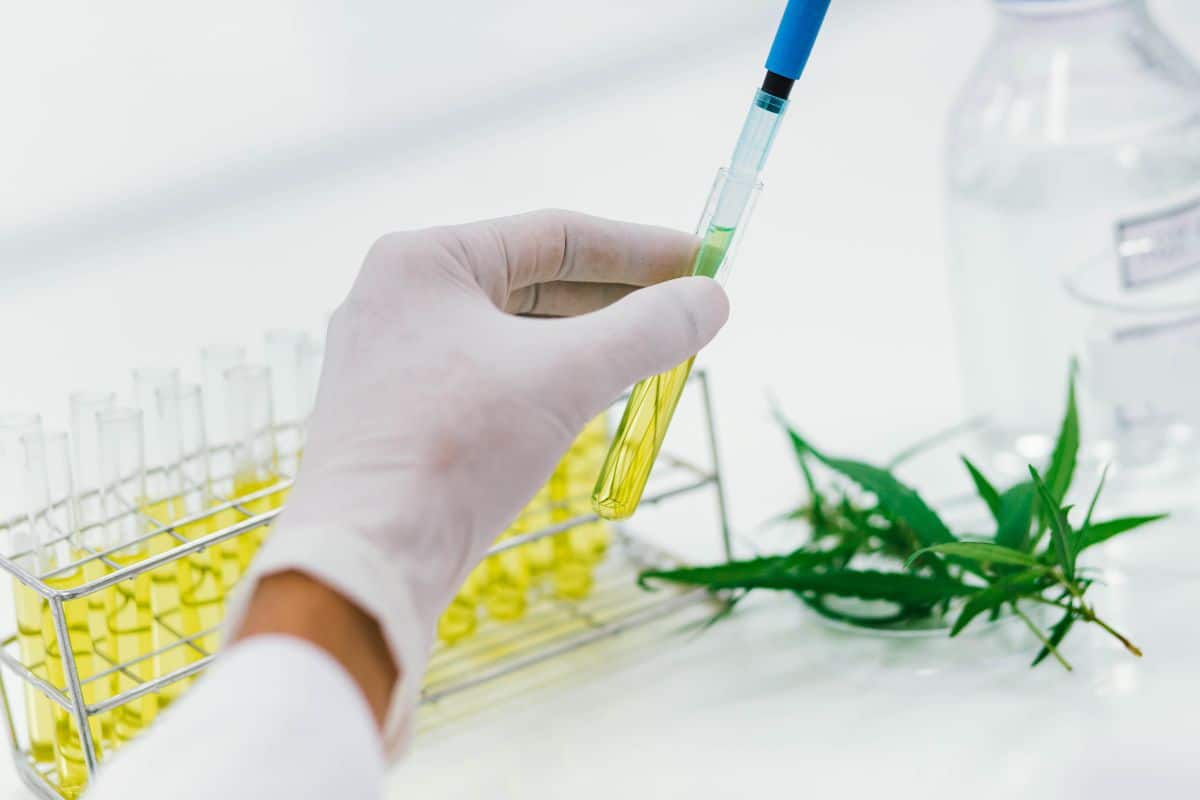
Delving into the adverse effects and concerns of THC, you’ll find that while it is known for its psychoactive properties, it may also lead to unwanted side effects. These can range from mild discomforts to more severe psychological reactions.
Side Effects of THC
THC, the primary psychoactive component found in cannabis, is responsible for the high that recreational users seek. However, it can cause a number of side effects that can affect your daily life. Common side effects include:
- Enhanced appetite
- Short-term memory impairment
- Psychoactive effects leading to altered perception
- Potential onset of anxiety or paranoia
For some individuals, the high from THC can be accompanied by an enjoyable increase in creativity and relaxation. Yet, you should be aware that it can also exacerbate feelings of anxiety or lead to paranoia in certain situations.
Risk Factors and Precautions
When considering THC for either recreational or medicinal purposes, it’s important to weigh the risk factors and take necessary precautions:
- History of mental illness: A personal or family history of mental illness could increase the risk of adverse psychological effects.
- Potency of the product: Higher levels of THC could lead to more intense psychoactive and side effects.
- Individual tolerance: Your unique biological makeup can influence
Emerging Trends and Research
You are witnessing a remarkable period in cannabinoid research, where innovations are rapidly advancing and insights into therapeutics are becoming increasingly sophisticated.
Innovations in Cannabinoid Science
Cannabinoids, the active compounds found in the cannabis and hemp plants, are at the forefront of scientific exploration. With the recognition of their potential medicinal uses, the focus of research has shifted to isolating specific cannabinoids and understanding their effects. You’ll find studies examining the relationship between cannabinoid potency and its impact on conditions such as cancer. Innovations in this field are leveraging sophisticated technology to enhance the purity and efficacy of cannabinoid-derived formulations.
Researcher Insights on Therapeutics
Researchers are turning a keen eye on cannabinoids and their therapeutic potential. Recent scholarly activities delve into the molecular interactions of cannabinoids and their potential in cancer treatments. The insights you gain from these studies reveal a complex interplay between cannabinoids and cancer cells, offering hope for medicinal use. The therapeutic focus is not limited to cancer; extensive research is also being conducted on a variety of other conditions, highlighting the broad applicability of cannabinoid-based treatments.
Frequently Asked Questions
In the diverse world of cannabis compounds, variations of THC such as THCV, THCa, THCp, and others exhibit unique interactions with your body and legal distinctions. This section covers key questions to enhance your understanding of these variants.
How does THCV differ from THC in terms of effects on the body?
THCV, short for tetrahydrocannabivarin, is a compound found in cannabis that is structurally similar to THC but offers different effects. It is known for a more clear-headed high and potential appetite suppression, distinguishing it from the more commonly known effects of THC on appetite stimulation.
What are the key differences between THCa and THCp?
THCa, or tetrahydrocannabinolic acid, is a non-psychoactive precursor to THC that is found in the raw cannabis plant. Upon exposure to heat, it converts to THC. THCp is a newly identified cannabinoid that binds to cannabinoid receptors with significantly higher affinity than THC, potentially resulting in more potent effects.
Can you explain the psychoactive effects of THC-M?
THC-M, or tetrahydrocannabimovone, is a lesser-known variant of THC. While research is still uncovering its properties, THC-M is believed to affect the body similarly to THC, potentially with unique psychoactive effects due to its distinct molecular structure.
What is the legal status of THCa in the United States?
The legal status of THCa in the United States can be complex, as it is legal when derived from hemp that contains less than 0.3% THC by dry weight. However, products containing THCa that can convert to THC when heated may be subject to different regulations depending on state laws.
Are there specific benefits associated with THC-X consumption?
While “THC-X” is not a formally recognized cannabinoid, analogs like THCV or other rare cannabinoids each have their own set of potential benefits under study. For instance, THCV has been associated with appetite suppression and glycemic control, differing from the psychoactive and relaxing benefits commonly attributed to THC.
How does the body’s endocannabinoid system interact with different THC variants?
Your endocannabinoid system, which helps regulate various body functions, interacts with different THC variants in unique ways. Cannabinoids like THCV or THCa may bind to cannabinoid receptors differently than THC, leading to variance in effects ranging from psychoactivity to potential therapeutic benefits.




